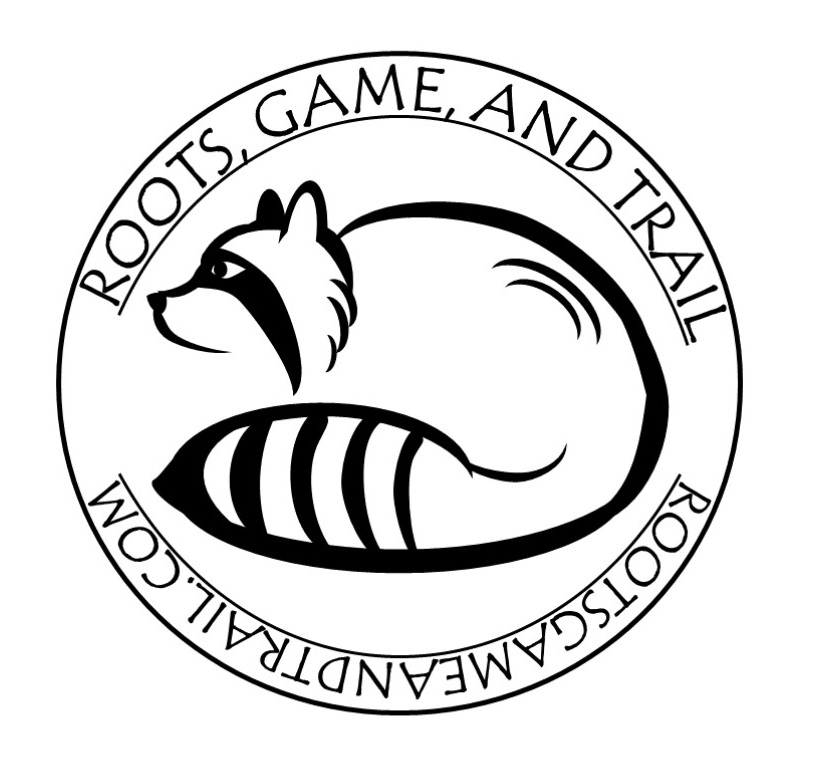Finding the Time to Put-Up Fur - My Method of Freezing and Fleshing Pelts
The author and his daughter pose for a picture at the end of the 2015 trapping season.
The joys of successful trapping are accompanied with the trials of finding time for processing the animal. The pelt of the furbearer you harvested will be dried and either shipped off to a fur auction, sold to a buyer, or tanned for display. However, the joys of everyday life won't provide the average person with adequate time for the skinning and fleshing process. I will address one way for preserving the hide until the “good days” of trapping slow down and you are able to make time for your date with the fleshing board.
A balled fox pelt ready for the freezer
This season, I found myself having enough success, but not enough time. I was unable to keep up with the fleshing and boarding of pelts. So here is what I did:
- Get started the same way you would if you were going to complete the whole process of skinning, fleshing, and boarding the pelt.
- Make sure that the fur is clean of any dirt, burrs, or briars and it’s dry. Once you are sure you have the fur clean, you can skin the animal in your normal manner.
- After the pelt is free from the carcass, flip it back to flesh on flesh (with the fur out).
Now that the pelt is flipped back to fur out, roll it up. Start rolling from the tail end. - After it is rolled into a nice ball, you can place it in a bag and into the freezer it goes. Once the pelt is in the freezer, it can be stored until you are able to find the time to finish the procedure of “putting up” fur.
Okay, you finally got some free time! It’s now time to get some pelts fleshed and boarded.
- Take the frozen pelt out of the freezer. You will want the flesh side flipped back to the outside, so you’ll have to wait a few hours to let it thaw.
- By rolling the pelt from the tail end, you left the face of the animal on the outside. The nose is an excellent place by which to hang the frozen balled up pelt. As the pelt thaws, it will gradually unroll itself. Just let it unroll. This will allow you to monitor how long until it is ready to be fleshed.
- Once the pelt is completely unrolled, it is ready to be flipped flesh-side out and the process of fleshing begins. I have found, in my own personal experience, that the cooler the hide is, the easier it is to flesh. The sooner you can get the pelt flipped flesh-side out, and get it on the board, the better. This is especially true with coons and coyotes.
Fox pelt gradually unrolling
A chilled pelt ready to be fleshed on the fleshing board
This is not a method that will save you time, but it is a method that will allow you to postpone the process until you have the time.


